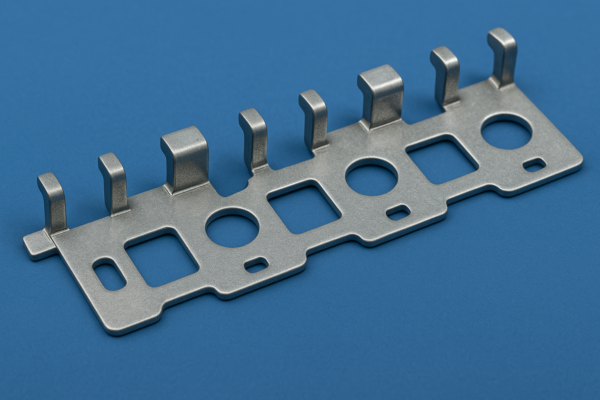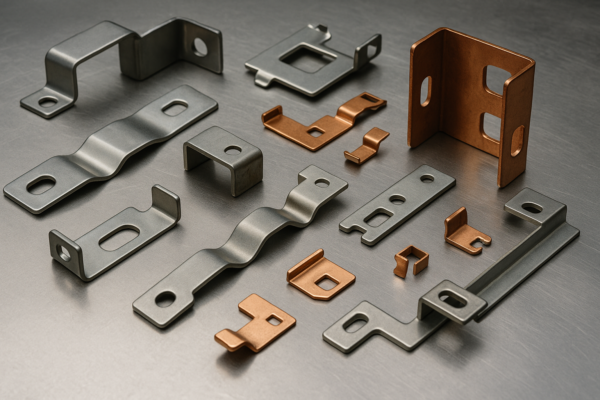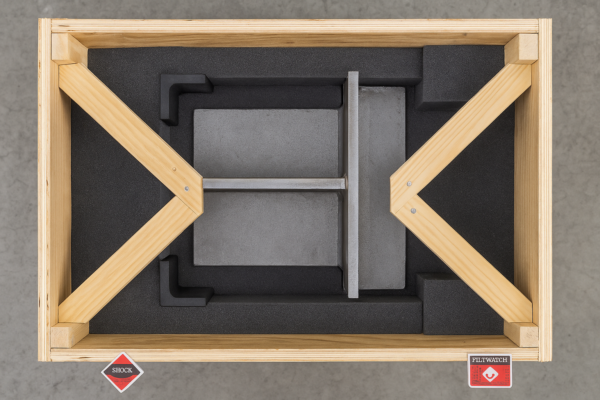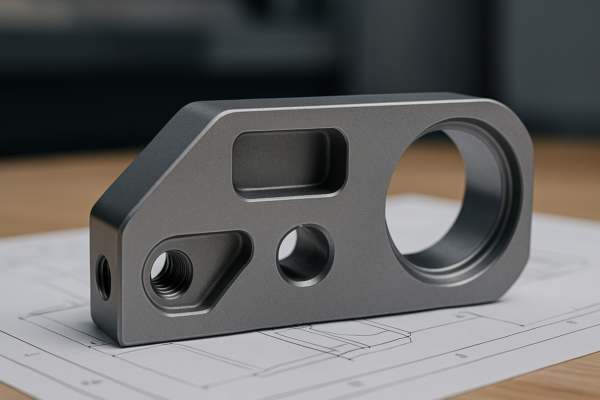Why Does Metal Flake When Forging?

Metal flaking during forging isn’t just cosmetic—it’s a serious issue.
Flaking in forging is usually caused by surface oxidation or internal hydrogen embrittlement, both of which reduce part quality and structural integrity.
Understanding why metal flakes when forging helps buyers identify root causes, prevent waste, and ensure parts meet their performance requirements.
What Are the Flakes That Come Off When Forging?
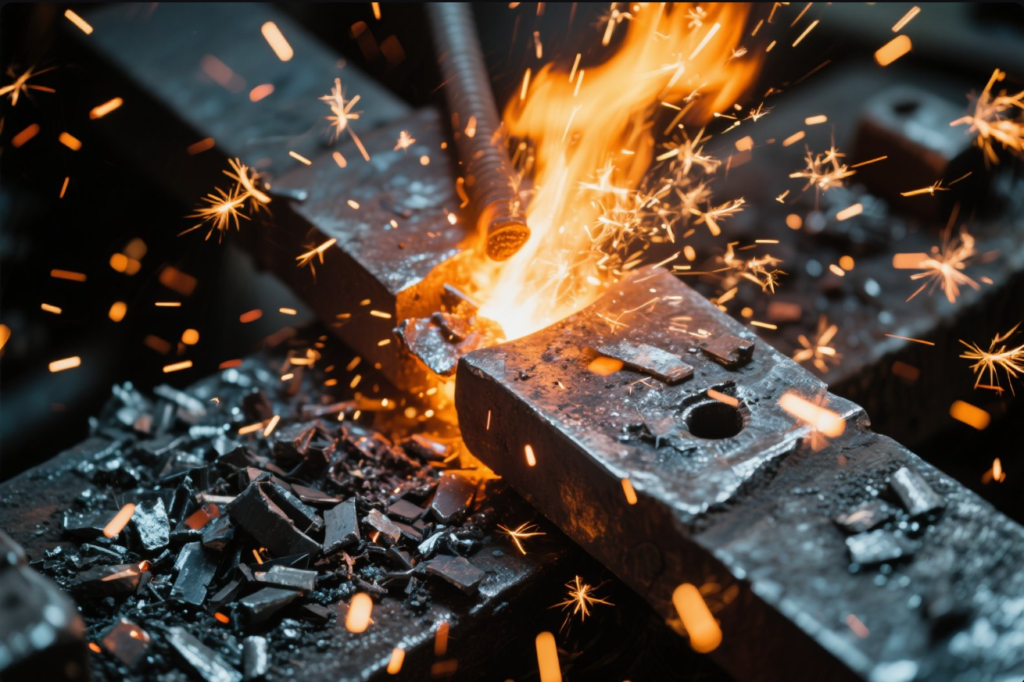
Those flaky bits? They’re usually oxidized scale.
The flakes you see during forging are mostly iron oxide scale, formed when hot metal reacts with oxygen.
What Are They Made Of?
| Flake Type | Material | Cause |
|---|---|---|
| Mill Scale | Iron oxides (FeO, Fe2O3, Fe3O4) | Exposure to oxygen at high temp |
| Oxide Shedding | Aluminum/Magnesium oxides | Surface oxidation during heating |
These scales separate naturally during hammering or pressing and often fall off as thin, dark, brittle flakes.
What Causes Metal to Flake?
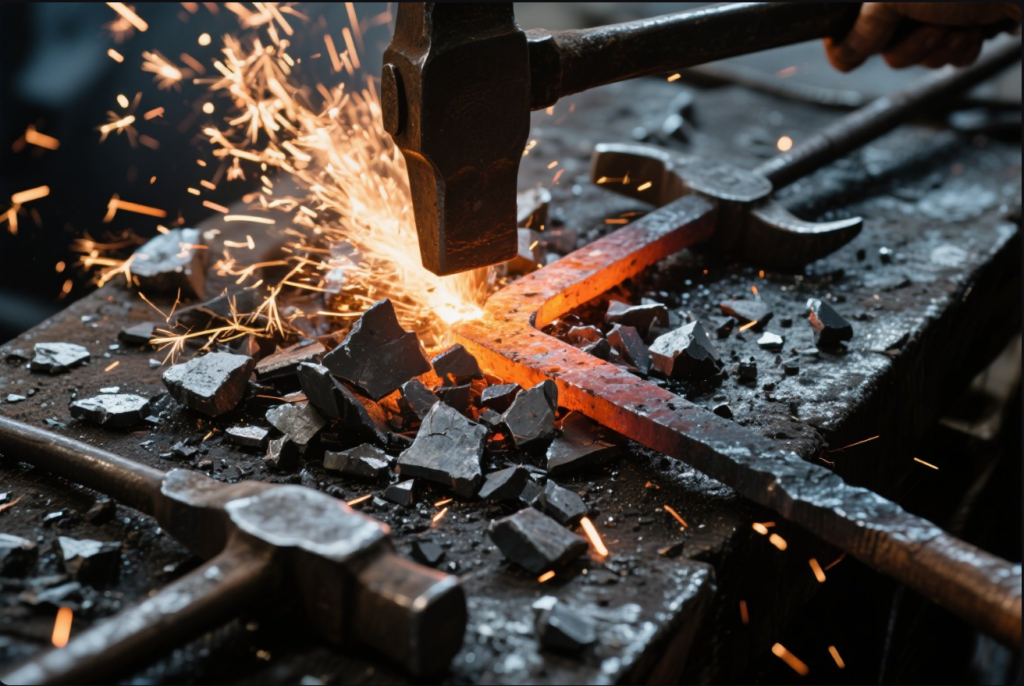
Flaking isn’t random—it usually signals process flaws.
The two primary causes of flaking are high-temperature oxidation and hydrogen-induced cracking.
Key Flaking Triggers
-
Oxidation
Happens when steel is heated in open air without protective coating. -
Hydrogen Embrittlement
Tiny hydrogen atoms enter the metal lattice, causing delayed cracking and flaking. -
Overheating
Too much heat creates unstable grain growth, leading to grain boundary flaking. -
Rapid Cooling
Improper quenching can cause thermal shock and surface micro-fractures.
At Prime, we prevent flaking by applying anti-scale coatings, using inert gas atmospheres when needed, and drying all preheated billets thoroughly to avoid hydrogen traps.
What Are the Defect Flakes in Forging?
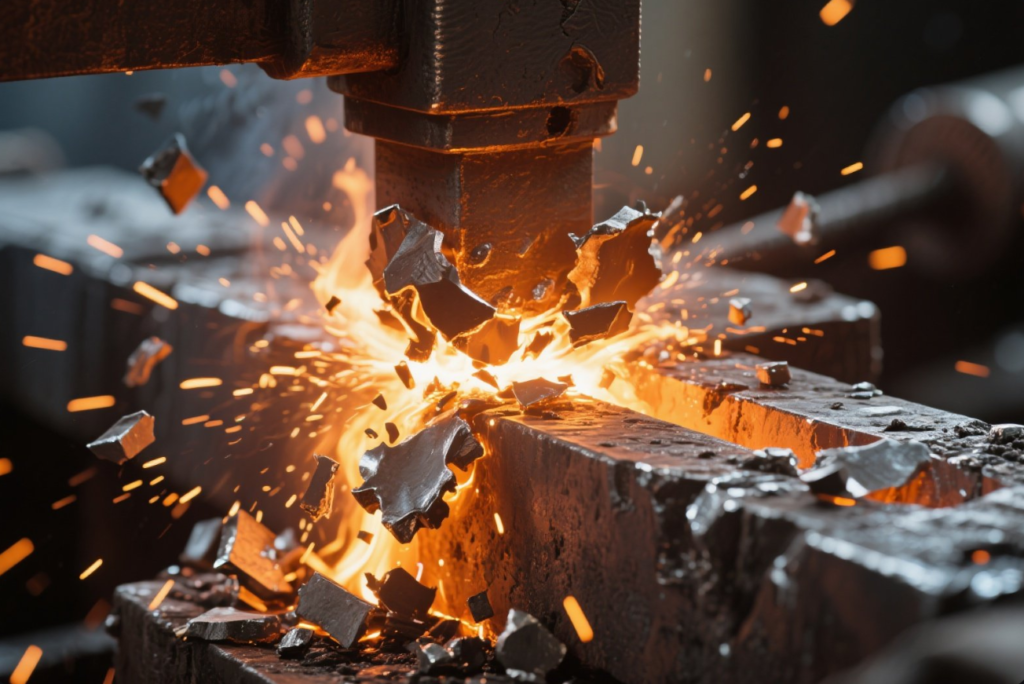
Some flakes are just surface-level—but others go deeper.
In metallurgy, “flakes” refer to internal cracks caused by hydrogen embrittlement or improper cooling, often only visible under ultrasonic inspection.
Characteristics of Flake Defects
| Defect Name | Appearance | Source |
|---|---|---|
| Hydrogen Flakes | Radial cracks | High hydrogen content, poor degassing |
| Subsurface Flakes | Invisible outside | Formed during or after cooling |
| Brittle Laminations | Layered breaks | Forging stress + hydrogen presence |
Flake Detection Methods
- Ultrasonic Testing (UT)
- Magnetic Particle Inspection (MPI)
- Fracture Toughness Sampling
At Prime, forged parts with flake indicators are automatically rejected before machining.
What Do They Sprinkle on Metal When Forging?
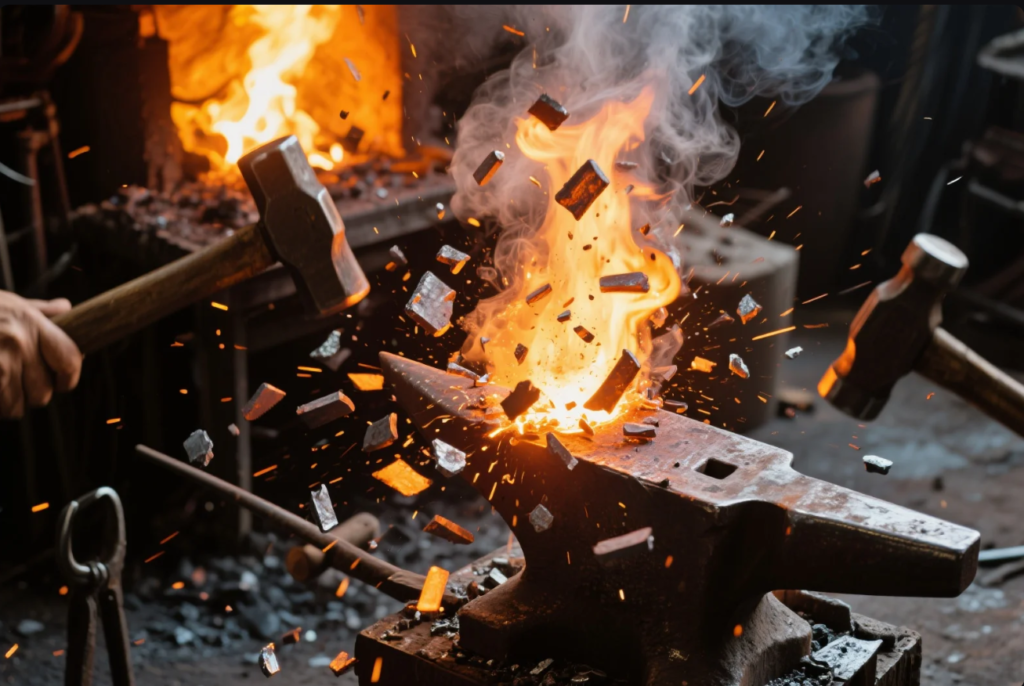
Ever seen black or white powder sprinkled before forging?
That’s anti-scale powder or graphite-based lubricant, used to reduce oxidation, sticking, and die wear.
Common Sprinkled Materials
| Substance | Purpose | Application Stage |
|---|---|---|
| Anti-scale coating | Prevents oxide flaking | Before heating billet |
| Graphite powder | Reduces die sticking & friction | Between die and metal |
| Glass powder | In vacuum forging (e.g. titanium) | Insulation and oxide prevention |
Using these helps reduce visible flaking and protects both the die and part during high-pressure deformation.
FAQ
Q1: Is metal flaking during forging normal?
A1: Minor surface scale is normal, but excessive or internal flaking suggests a defect or process issue.
Q2: Can flakes reduce forging quality?
A2: Yes. Surface flakes reduce finish and can hide deeper cracks. Internal flakes weaken structural performance.
Q3: How does Prime prevent flaking in steel forgings?
A3: By using anti-scale coatings, controlled heating atmospheres, and ultrasonic testing for internal cracks.
Q4: Are all flakes visible to the eye?
A4: No. Subsurface flaking often requires ultrasonic inspection or metallographic testing.
Q5: What metals are more prone to flaking?
A5: High-carbon steel, tool steels, and hydrogen-prone alloys like titanium or nickel-based materials.
Conclusion
Flaking in forging—whether surface scale or hidden cracks—is a signal of process imbalance.
Protecting materials from oxidation, controlling hydrogen, and using proper coatings ensures reliable, high-quality parts.
Need forging with zero tolerance for flakes?
At Shandong Prime International Trade Co., Ltd., we deliver defect-free forgings with anti-scale coating, in-house flaw detection, and ISO-certified process control.
📧 Email: [email protected]
🌐 Website: https://primecustomparts.com

